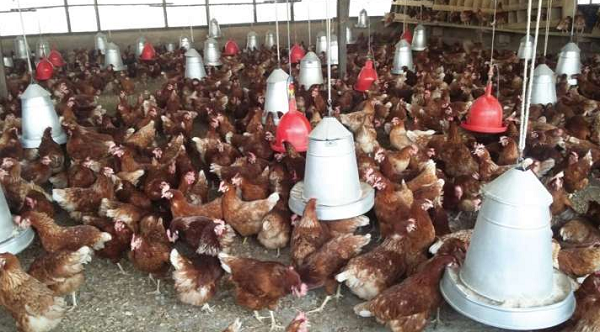
Bird flu can be contained
Though avian influenza, also known variously as bird flu or avian flu, was recorded in the latter part of the 19th century, the growth of the world’s poultry population in the 1990s correlatedly increased the prevalence of the disease.
Avian influenza is most often spread through contact between infected and healthy birds, though it can also be spread indirectly through contaminated equipment. The virus is found in secretions from the nostrils, mouth and eyes of infected birds, as well as their droppings. Humans can also be infected if they come into direct contact with infected poultry, such as during slaughter.
In some cases, the avian influenza virus that affects the birds can develop into a new influenza type A. This could be deadly to humans as most people have little to no immune protection from the virus. This is among the reasons that make the disease dangerous and should be dealt with by marshalling all the needed resources available.
The consequences of the outbreak of the disease can be dire for a country. For example, in the USA, the virus resulted in the depopulation of more than 45 million birds during the 2014-2015 outbreak. In Ghana, an outbreak in 2015 led to the death of many birds and the culling of more others. In 2003, the outbreak of SARS in China caused the country’s GDP to fall by 0.5 per cent, imposing a sizeable negative shock to the Chinese economy.
The possibility of a ban on exports of poultry in the event of an outbreak can adversely affect the foreign exchange earnings of a country. It can also cause a shortage of poultry products—which are great sources of protein, vitamines and minerals, and increase the price of poultry in the country.
Currently, there are reports of the outbreak of bird flu again in the country which has already killed 11,816 birds. The deaths have taken place in Nkawkaw in the Eastern Region and Tema in the Greater Accra Region.
Considering the devastating effects of the disease on the economy, the Daily Graphic commends the Veterinary Services Division (VSD) of the Ministry of Food and Agriculture (MoFA) for the timely intervention in testing samples of the virus here and sending more to the World Animal Health Organisation for further tests. We further laud them for quarantining the affected birds to avoid the spread of the disease. We again applaud the ministry for the caution already given to all district veterinary officers to put in more control measures to contain the disease and ensure that there is no movement of birds around.
While we do this, we encourage the MoFA to intensify education on the disease, especially for poultry farmers, so that they can report to the authorities immediately symptoms of the disease are spotted. It is through this that we can fully succeed in our surveillance efforts to really respond appropriately to the virus before it reaches epidemic levels. The public should not be left out in the educational campaign since what they learn about the disease will go a long way to alert them to the virus for them to help in its fight.
We also urge the government to continue to resource the VSD to be able to detect such outbreaks early.
Everybody has a role to play; let us all do our part to help contain the disease.
